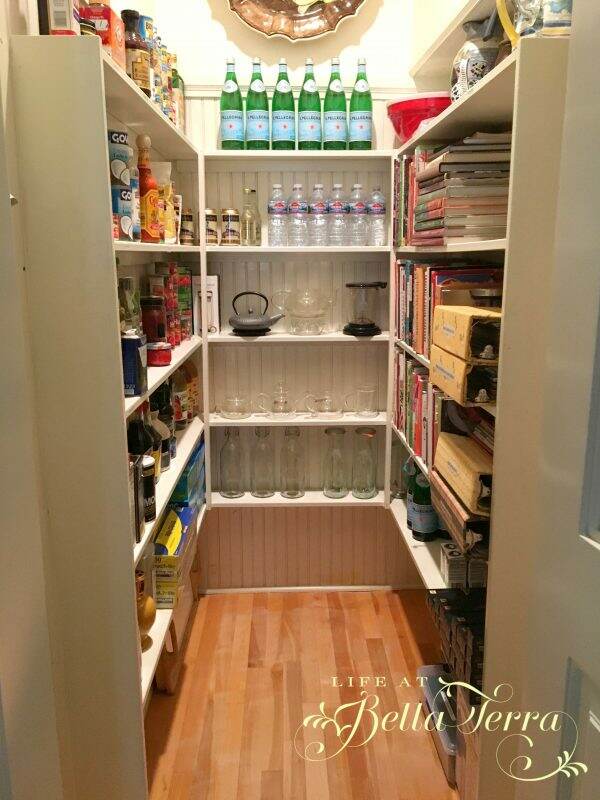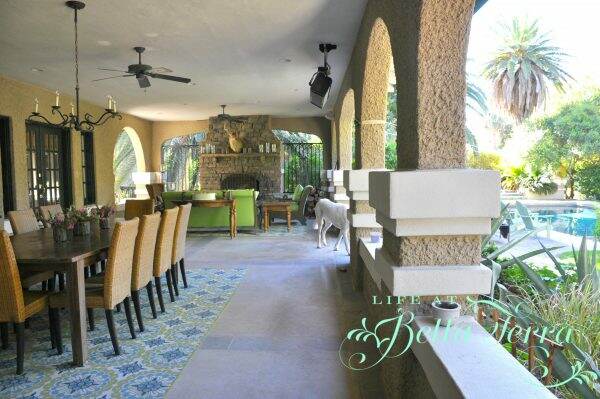Open Floor Plan or Not?
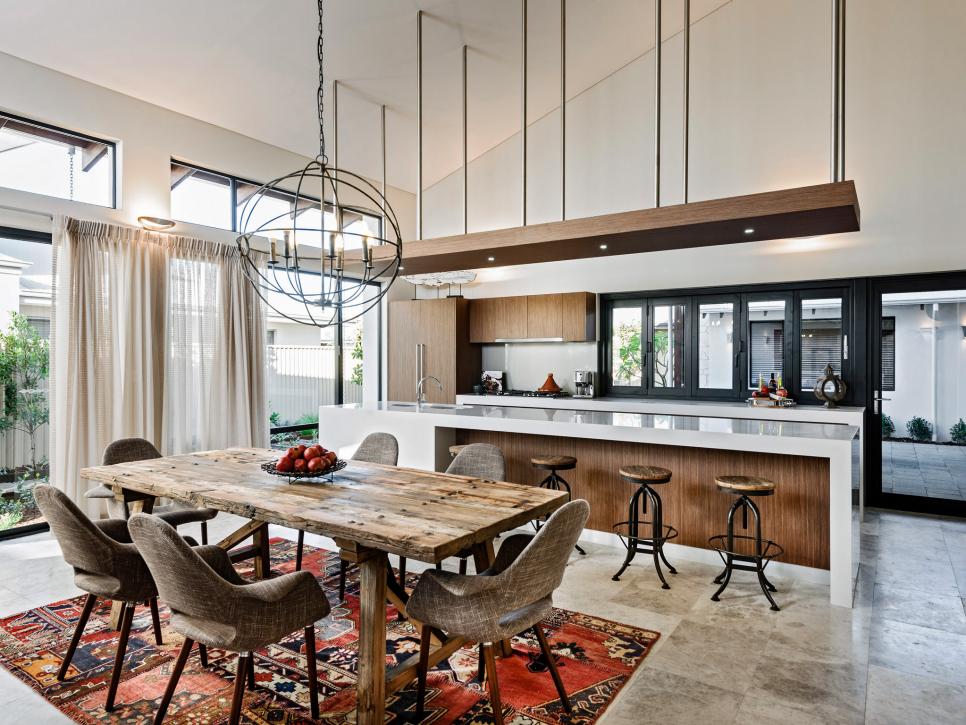
Do you like an open floor plan? According to Google, an Open plan is the generic term used in architectural and interior design for any floor plan which makes use of large, open spaces and minimizes the use of small, enclosed rooms. Are open floor plans going out of style?
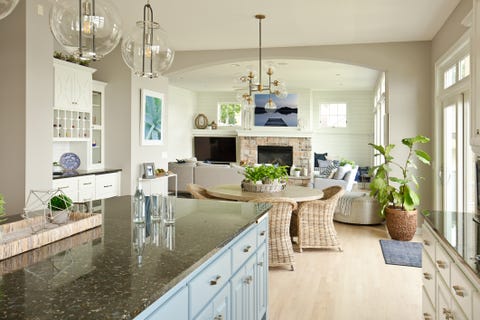
I’ve never lived in a home with an open floor plan. The closest thing is our cabin in the mountains, where there is a large window-size opening between the kitchen and the main living room. It’s good for shouting through but not for much else. Sorry for the low quality photo~~it is the only one I have!

Since Bella Terra was built in 1910, it clearly has formal and private spaces. Our kitchen is definitely not an open one. The kitchen to me is my haven, my sanctuary. I prefer it to be separate from the living spaces. To see more kitchen details, click here for Part 1 and here for Part 2.
When I’m stressed, I tend to bake or cook, and want to do so by myself. There is a television in one of the cabinets, but I get to choose whether I want it on or not. The kitchen is open to the breakfast room, but it is not an active part of the house.

The kitchen island is rather large and that is where all our family and guests congregate anyway. I love my family but sometimes I just want to have my own space. Plus I am not a fan of the kitchen mess or smells infiltrating the living spaces. Rarely is my kitchen neat as a pin.

Even though I prefer a private kitchen, I know the open plan is popular. In one of my previous remodels for resale, I did open up the kitchen to the living room/dining room. To see more of the Glenn remodel, click here.


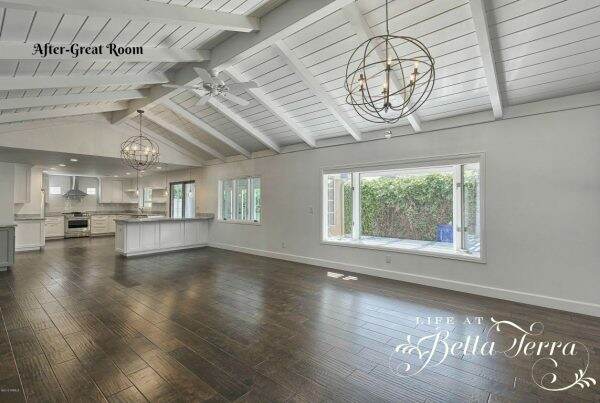
We recently visited friends who just moved. Their kitchen, dining room and living room are one big room. It was lovely but it got me thinking of whether I would enjoy the open concept or not.
When I was designing the addition to the Willetta remodel (see post here), the floor plan was original to 1922…..separate living room, dining room and kitchen. But the kitchen was oddly shaped and it made sense to expand this space.


In addition to enlarging the kitchen, a family room was added on the first level and an updated master suite on the second story.


A House Beautiful article by Hadley Keller, entitled Please Stop with the Open Floor Plans asks, “when did the walls become the enemy?” Somewhere in the early 1990s, builders began touting the attributes of “open plan”. Hadley suggests instead of open floor plans, to try and start using your rooms. Use the dining room more frequently, not just for Christmas dinner.
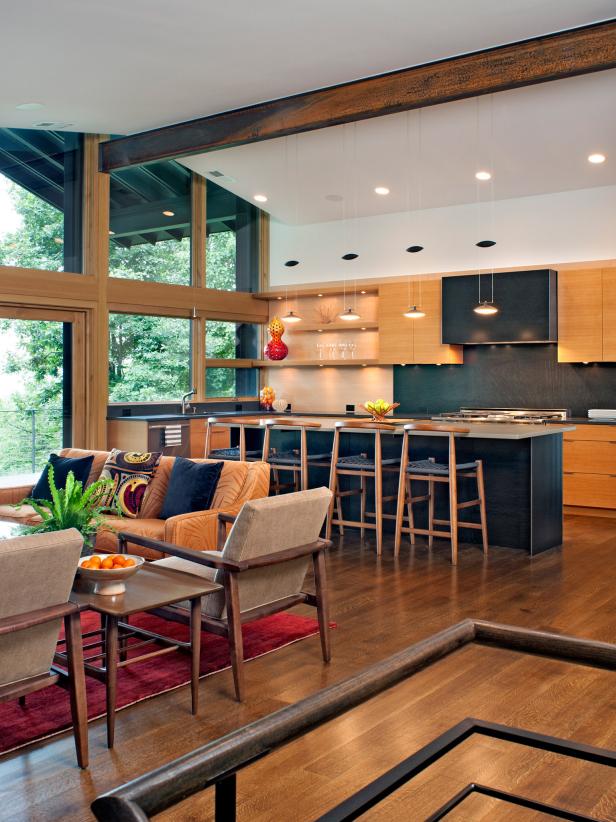
There is a great deal of discussion of getting rid of the open floor plan, especially when it comes to kitchens. Some are suggesting that you add another “messy” kitchen that is hidden from the open floor plan kitchen. Oh my! The thought of keeping two kitchens clean??!!???

According to HGTV here are some pros of open plan living . 1) Makes a small space feel larger; 2) Being part of the family (not isolated); 3) Entertaining is more social and convenient; 4) Gorgeous open site lines; 5) Eliminating underused space.

And the cons (by HGTV): 1) Makes a large space feel too big; 2) a messy kitchen is always on display; 3) No perfect way to contain the mess; 4) Load bearing walls; 5) Lack of privacy.
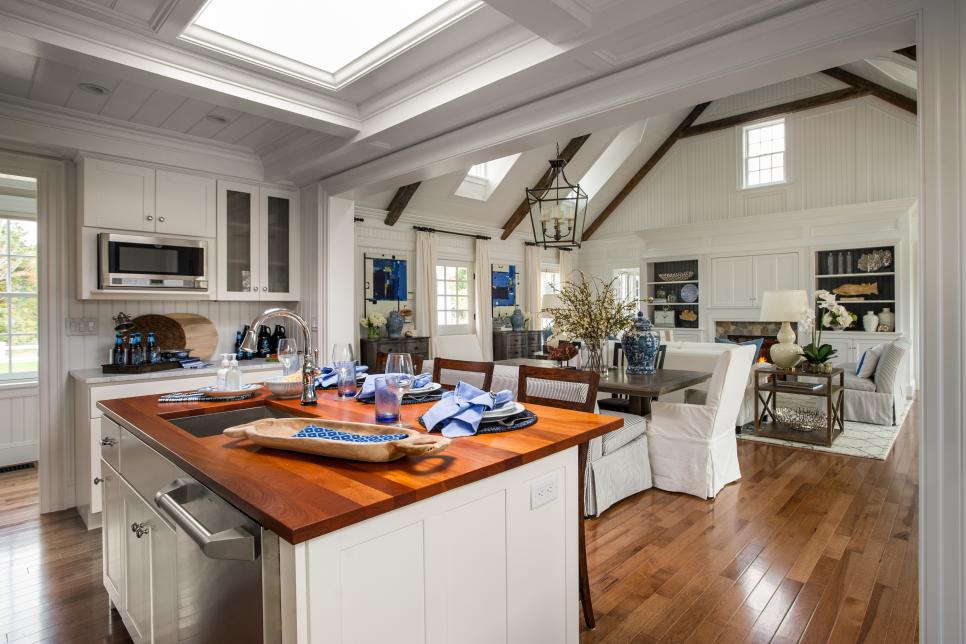
So what are your thoughts on this? Do you have an open plan kitchen/living and dining room? Or a separate and private kitchen? If so, please tell me what you love/dislike about it.
Happy Wednesday!





